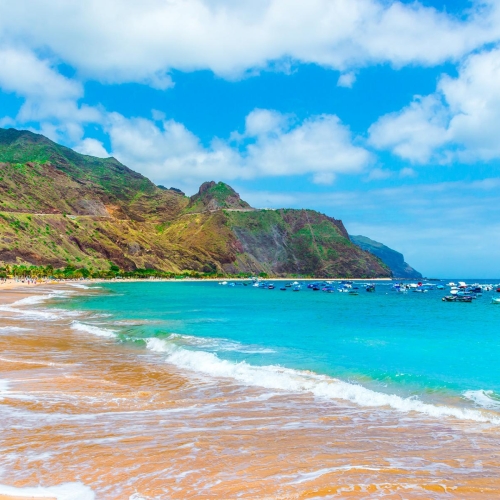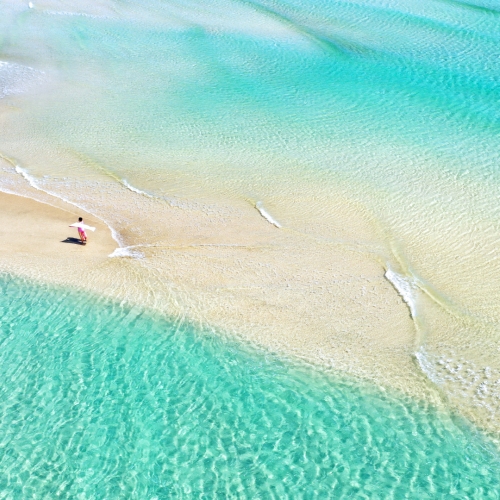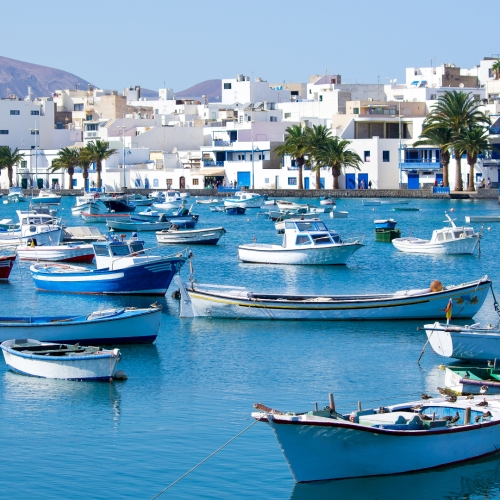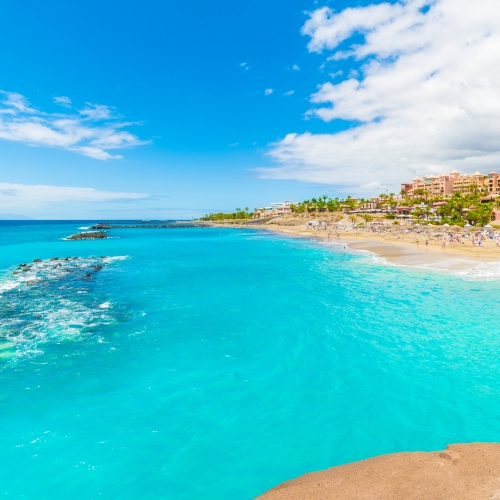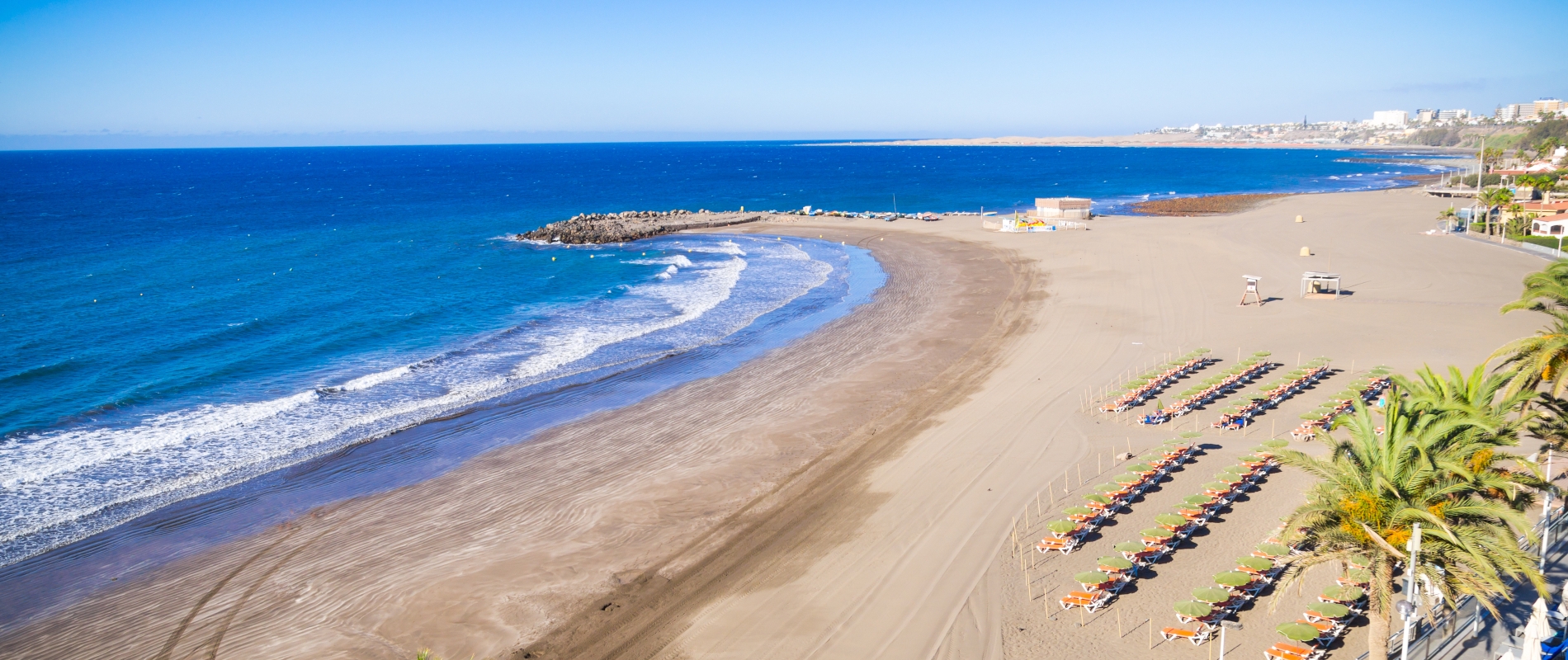
Välkommen till Gran Canaria
Gran Canaria är den tredje största av Spaniens Kanarieöar, belägen i Atlanten utanför Afrikas nordvästkust. Känd som ett “miniaturkontinent” för sina varierande landskap — gyllene stränder, dramatiska berg, frodiga dalar och ökenliknande dyner — är det ett året runt-resmål för både avkoppling och äventyr.
Översikt & Historia
- Bebodd av det ursprungliga Canarii-folket före den spanska erövringen på 1400-talet.
- Las Palmas de Gran Canaria grundades 1478 och blev en viktig hamn för transatlantisk handel.
- Idag ett stort turistmål som bevarar naturparker och kulturella traditioner.
Huvudattraktioner
- Las Palmas de Gran Canaria – livlig huvudstad med historiska Vegueta och stadens stränder.
- Maspalomasdynerna – vidsträckta gyllene sanddyner och naturreservat.
- Roque Nublo – ikonisk vulkanisk klippformation med panoramautsikt.
- Puerto de Mogán – charmig fiskeby känd som “Lilla Venedig.”
- Teror – pittoresk stad i inlandet känd för sin basilika och traditionella hus.
Natur & Friluftsliv
- Vandringsleder i det bergiga inlandet, inklusive Pico de las Nieves.
- Vindsurfing och kitesurfing i Pozo Izquierdo.
- Val- och delfinsafari längs sydvästkusten.
Marknader & Lokal Mat
- Veckomarknader i Teror och San Mateo.
- Specialiteter inkluderar papas arrugadas med mojo, färsk fisk och lokala ostar.
Festivaler & Kultur
- Karneval i Las Palmas (februari/mars) – en av Spaniens mest spektakulära karnevaler.
- Lokala romerías (vallfärder) och traditionell folkmusik året runt.
Transport & Lägesinformation
- Gran Canaria flygplats (LPA) har direktflyg från många europeiska städer.
- Färjeförbindelser till andra Kanarieöar och det spanska fastlandet.
Resetips
- Bästa tiden att besöka: året runt, med milda vintrar och varma somrar.
- Hyr bil för att utforska utanför turistområdena.
Slutord
Gran Canaria erbjuder en perfekt kombination av strandliv, naturäventyr och kulturella upplevelser — allt på en och samma ö.
